Even if you’re lucky enough to avoid allergies, we all know the symptoms: sneezing, itchy eyes, stuffed-up sinuses, and so on. There are more than 3 million documented cases every single year, in the United States alone.
Some people get relief from their symptoms using alternative techniques like the neti pot, while others just have to blow their noses and wait for the pollen count to drop — or so they think.
As it turns out, lots of allergies are actually a reaction to dust mites. Dust mites become more potent in warm weather, which can trick some sufferers into thinking blooming flowers are to blame.
In fact, many of them could probably get a lot of relief now, just by tackling the dust mites with a few simple lifestyle changes!
Dust mites are microscopic creepy-crawlies that live in the home, and eat shed skin and other organic matter. They’re so tiny, they can be hard to detect, but can still have a huge effect on your health.
Scroll through the gallery below to learn how to identify these itty-bitty pests and tackle them for improved allergy symptoms.
Thumbnail Credit: Flickr
What Exactly Are Dust Mites?
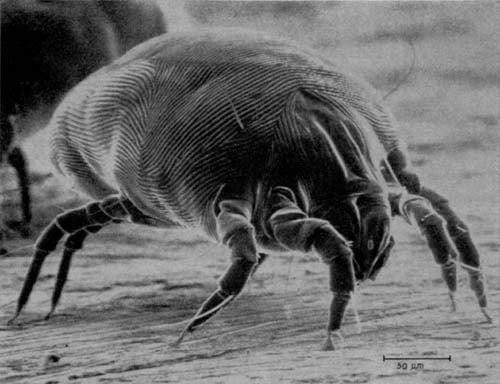
Dust mites are teeny, tiny, microscopic bugs that almost exclusively dwell in our homes — specifically our pillows and bedding.
They flourish in warm, moist spaces, and they live off of dead skin cells — so our homes are practically paradise to them. Just one mattress can contain up to 10 million mites — and one square yard of carpet can hold 100,000 mites!
Though they might be very small, dust mites pack a very powerful punch! While they don't bite, their exoskeletons and waste are some of the top causes of asthma and allergies.
So how do you know if you're suffering from a dust mite invasion? Scroll down below to learn the dust mite signs!
Signs You're Cohabiting With Dust Mites Sign #1: You’re Sneezing
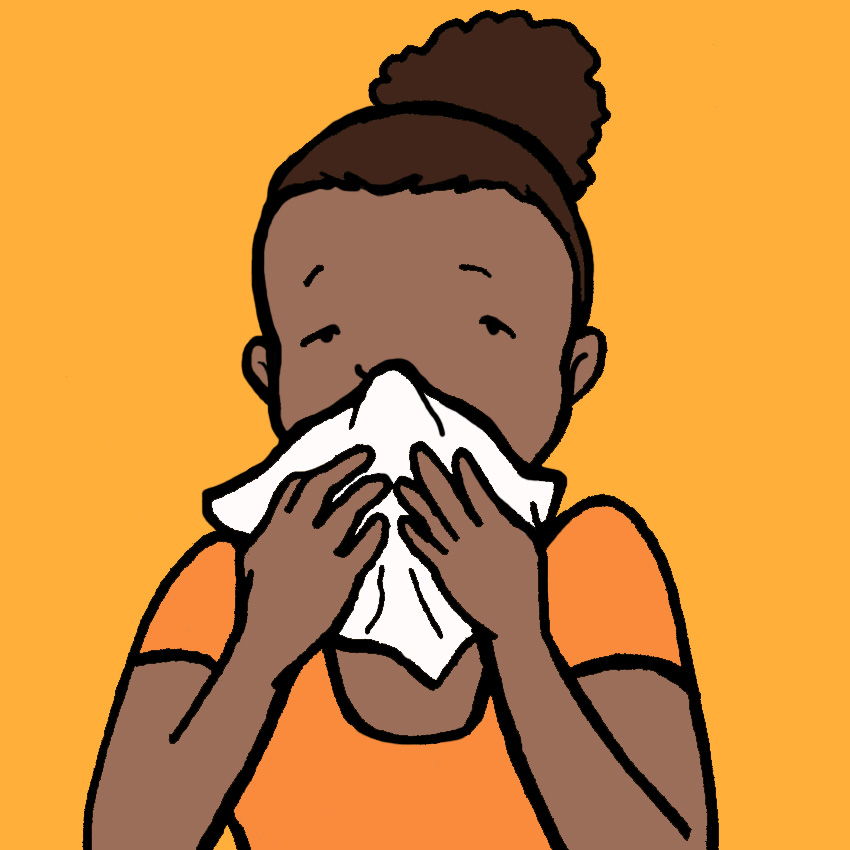
Many people assume their seasonal allergies are triggered by plants blooming, but if you tend to have worse symptoms indoors, you may actually be dealing with dust mites instead.
Pay attention to your symptoms, which will probably resemble a common cold.
You'll sneeze, you'll feel stuffed up, and your eyes will likely feel watery and itchy.
Sign #2: You Feel Worst In The Mornings
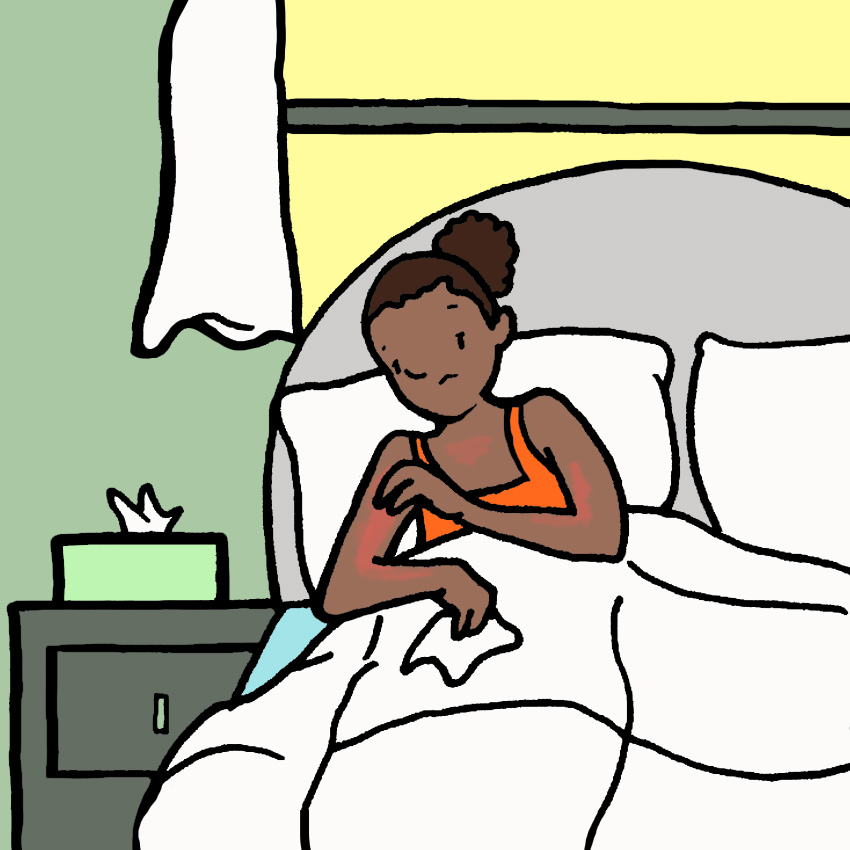
Sneezing and coughing can make falling asleep tough, but if waking up is the hard part, mites might be to blame.
The microscopic little creatures like fabric and feed on our dead skin cells.
As a result, your bed is basically paradise for them, and you might wake up in the morning with especially terrible symptoms from hanging out with them all night.
Sign #3: Cleaning Sets You Off
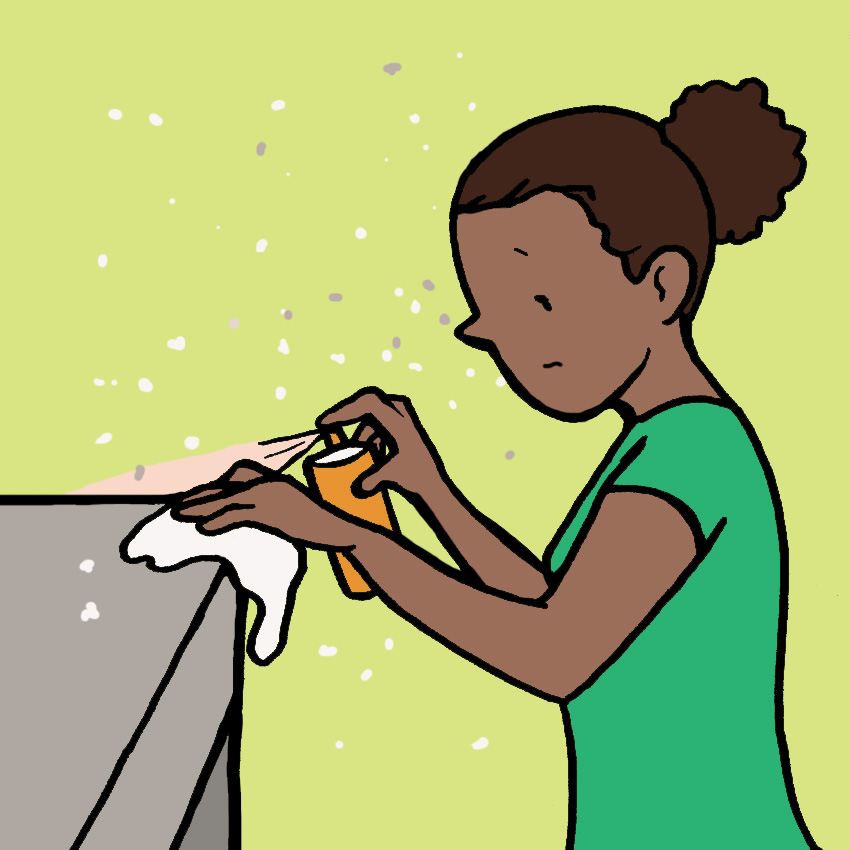
If you have a mite allergy, cleaning your house might send you into a round of sneezes every time.
That's because cleaning, especially vacuuming and dusting, stirs the mites into the air.
Often, when you see dust mites in the sun, they are actually mites temporarily suspended in the air.
Sign #4: Bumpy Red Rash
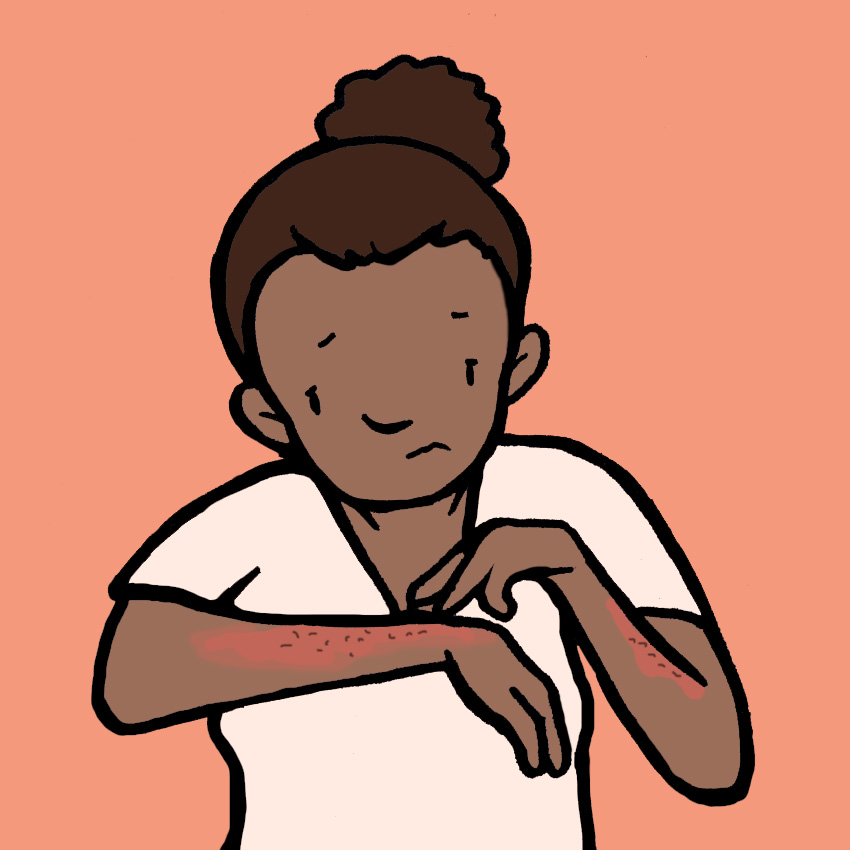
The most common symptoms of mite allergy are sneezy, cold-like reactions.
That said, not everyone has the same response to a mite infestation in the household.
Some people might get a bumpy red contact rash from the creepy-crawlies, especially on skin that is exposed at night.
Ways To Get Rid Of Dust Mites Fix #1: Wash Bedding Often
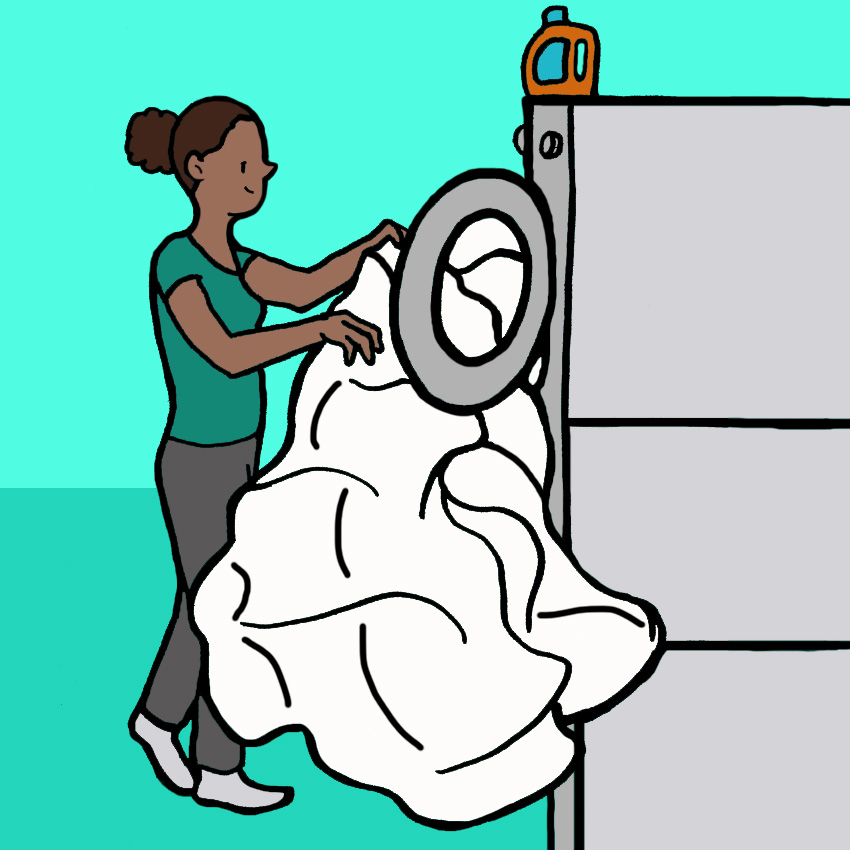
As we mentioned above, mites absolutely lovely hanging out in your bedding.
Close the kitchen on their all-you-can-eat buffet by washing your sheets and blankets often, in hot soapy water.
This will help kill off mites clinging to the sheets, and will also banish the dead skin that attracted them in the first place.
Fix #2: Leave Your Bed Unmade
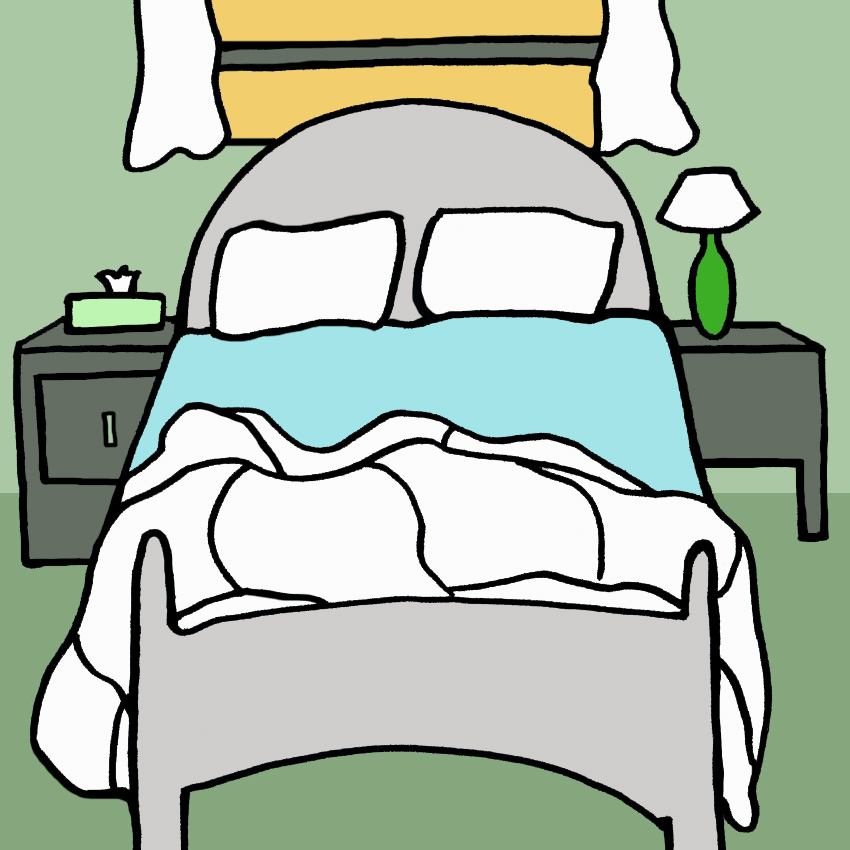
In between washes, ignore everything your mom every taught you, and leave your bed unmade every day.
Leaving your sheets all spread out introduces air to the bedding and helps to dry out any sweat or moisture left behind from the night.
This setup deprives the mites of their preferred environment, which is dark, warm, and slightly humid.
Fix #3: Get Rid Of Excess Fabric
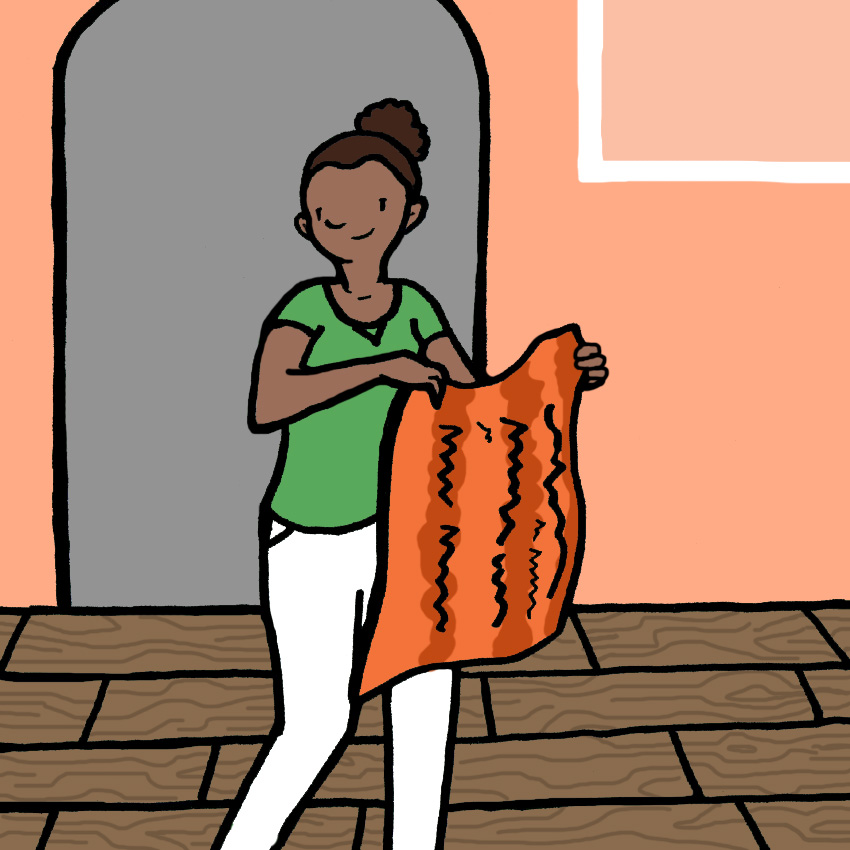
Mites love to to hide out in home furnishing, but have a particular love of curtains, dust skirts, and wall-to-wall carpeting that offer them their favorite kind of warm, musty hiding place.
If possible, axe deep pile carpeting and heavy drapes in favor of lighter options that can be washed easily and regularly.
While you're at it, make sure to wash any household pets regularly, since their fur is also a preferred hideout for mites.
Fix #4: Keep It Cool
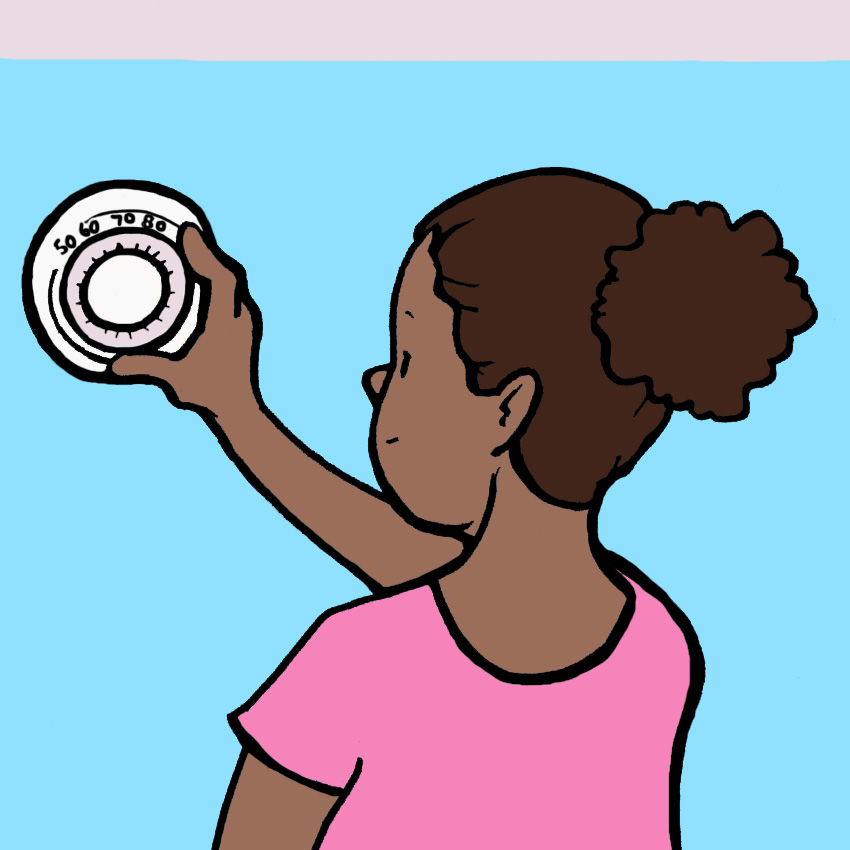
Part of the reason that mites are so active in the summertime is that they emerge as soon as the weather turns warm and humid.
Fortunately, in your own home, you're free to play weatherman whenever you want to.
Turn the A/C on and crank up the dehumidifier to make your home downright unwelcoming for these creatures.
If you've ever had dust mites, let us know how you solved the problem, and make sure to SHARE this guide with friends and family!




